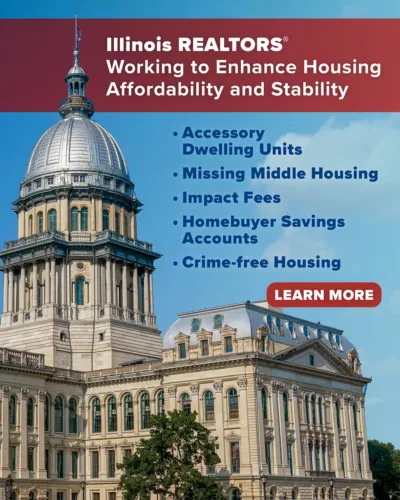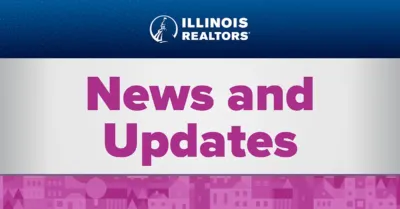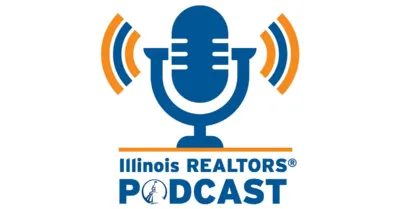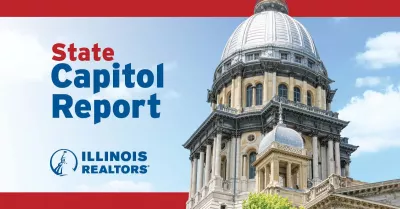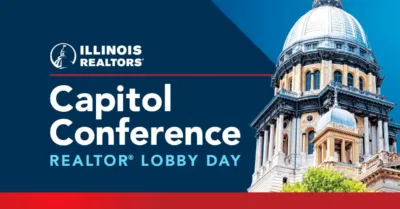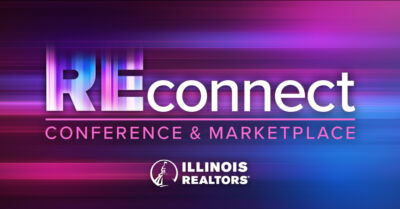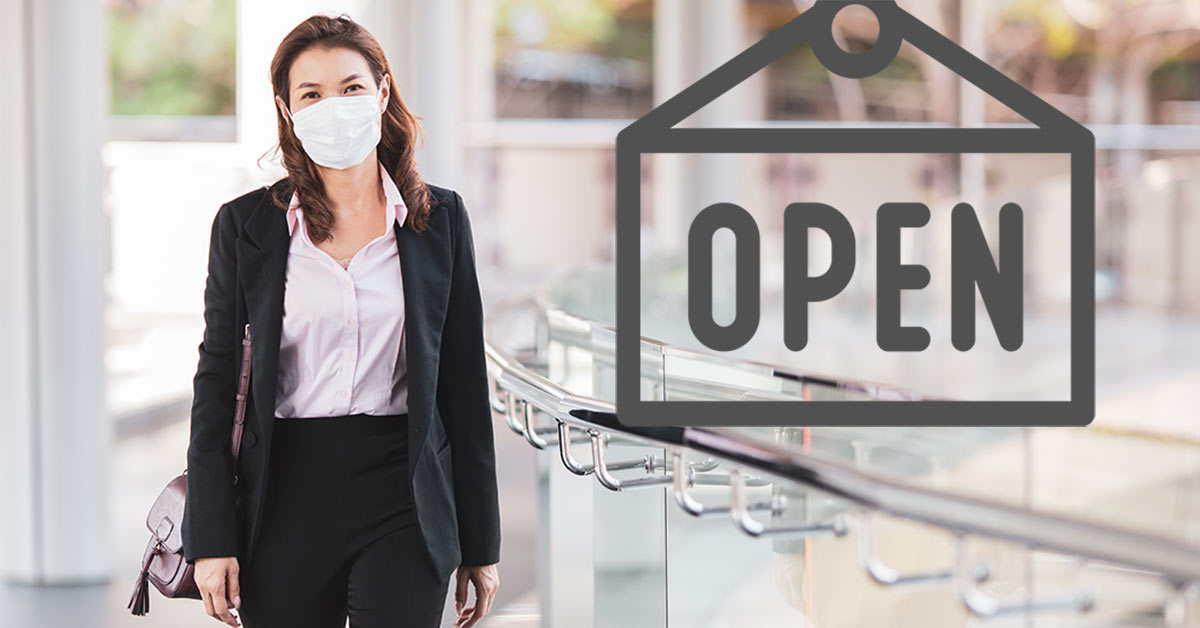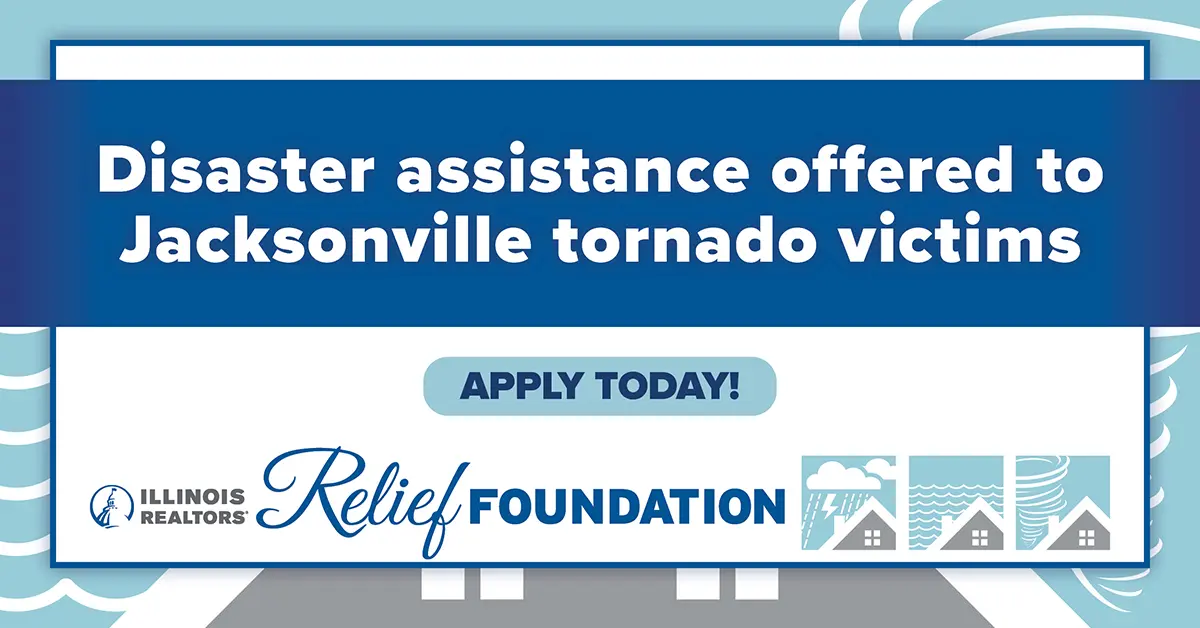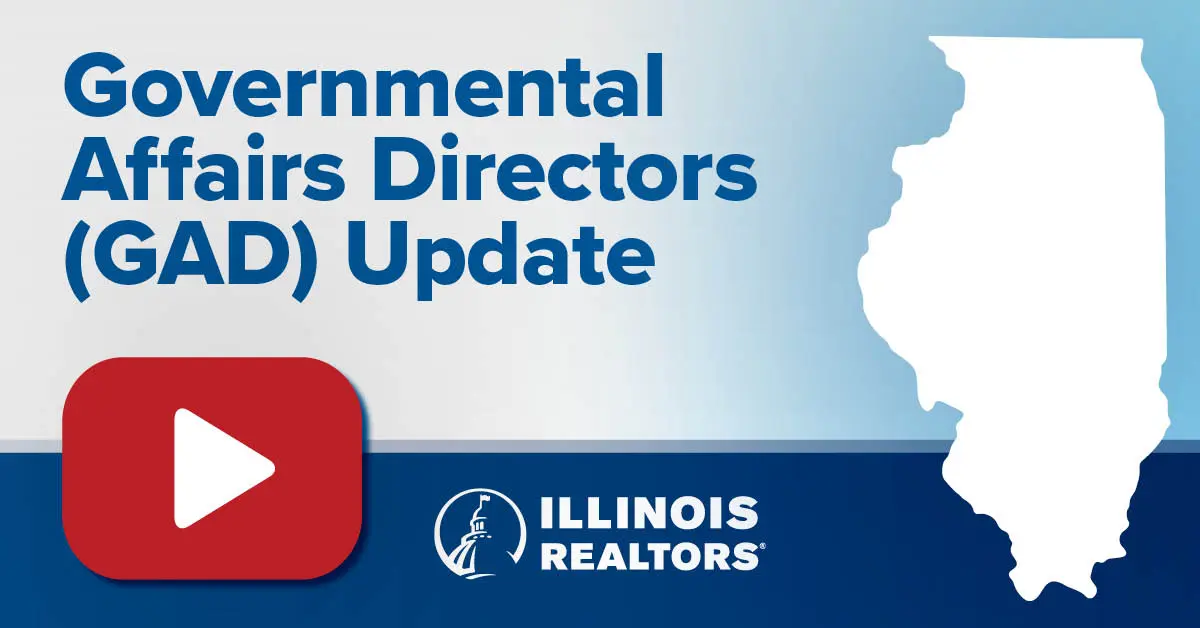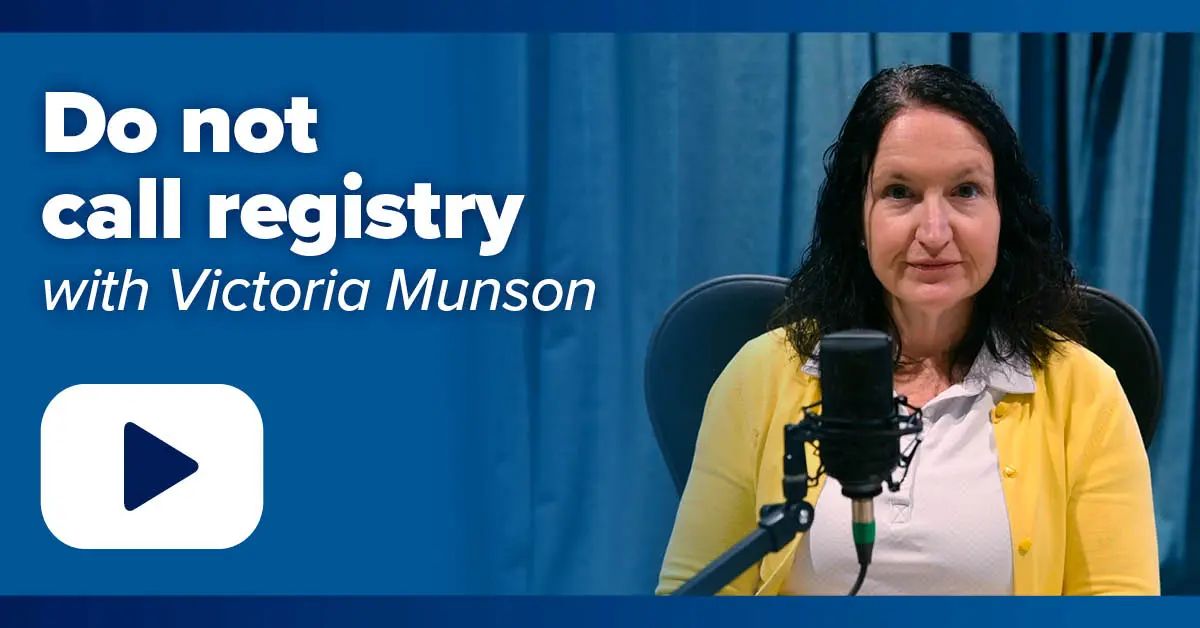Features of Phase 4: Revitalization
Reopening Offices
- Even more people can go back to work
- Still more businesses allowed to re-open
- Groups of 50 or less allowed
- Capacity limits in spaces or buildings/areas within buildings is the lesser of 50 or fewer in the area or 50 percent of space capacity (Chicago guidance limits space capacity to 25 percent in common areas)
- Social distancing, hand washing, face covers continue to be the norm
(Make sure to check your local government for guidance also, as the permissible thresholds may be stricter).
As all Illinois regions move into Phase 4 of the governor’s restoration plan, many of the now familiar safety measures remain in place. While more business practices will be legally permissible, this does not mean all should be immediately employed.
You are still not required to re-open unless you so choose and can do so safely. When determining whether and how to re-open your physical office, first consider allowing as many staff as possible to continue working remotely. Also, determine whether your office will accept visitors to the building. If you will allow visitors to your space, make sure you have protocols in place. If your space is located in a bigger building, make sure you know the building protocols.
Once you re-open your office in some manner, health and safety continue to be primary priorities.
Suggestions for staff health and safety
- Check out DCEO’s Guidance Documents
- Checklist for Businesses
- Checklist for Employee Training
- Checklist for Wellness Screenings
- Don’t come to work if you have any symptoms
- Screen employees/independent contractors upon entry continues to be recommended (if you do it, be consistent)
- Take temperature in a touchless manner (anyone with temp above 100.4 degrees should be sent home)
- Ask questions for symptoms like fever, new cough, chills, muscle aches, sore throat, new loss of taste or smell
- Provide and require face masks for all, especially in common areas of the building
- Require 6 ft. social distancing where possible
- Frequent hand washing is a must
- Stock the office with plenty of soap, hand sanitizer and paper towels
- Establish procedures for:
- Staying home if sick
- If becoming sick at work:
- Sending home asap
- Encourage testing for COVID-19
- Removal to isolated area (if person can’t go straight home)
- Establish an isolation area for those who become sick while at work
- Waiting 24 hours to sanitize the sick worker’s space, if possible
- Protecting the privacy of the employee/independent contractor
- Notification of co-workers who may have had contact
- Notification of local public health authorities
For detailed checklists, go to these helpful resources:
Major items to consider:
- Signage on buildings regarding
- Face coverings
- Social distancing
- Visitor restrictions
- Directions
- Inside the building, depending on the size of space and floor plan, mark spaces for one-way traffic where possible
- Maintain elevator occupancy and distance restrictions
- Modify use of common areas like cafeterias and gyms (look at guidelines for safe operations of these types of spaces)
- Review workspaces for individuals
- Separate where possible
- Consider split shifts to reduce numbers
- Encourage at-risk folks to work remotely if possible
- Reduce sharing of office equipment to extent possible
- Staffing
- The lesser of 50 percent (25 percent in Chicago) space or building capacity allowed or 50 people
- Minimize in-person meetings
- Minimize travel
- Cleaning
- Have staff clean their own workspaces at the beginning and end of the day
- Visitors
- Have an external contact policy
- Do your best to limit contacts between staff and visitors by greatly reducing access to premises
List of helpful resources
NAR
Federal government
- Centers for Disease Control (CDC)
State resources
Chicago resources
Guidance for Real Estate Brokerage Practice
As Illinois regions move into Phase 4 of the Governor’s restoration plan, many of the now familiar safety measures remain in place. While more business practices and activities will now be permissible, this still doesn’t mean that all available options should be immediately employed. With these concepts in mind, consider the legal answer to the questions below, along with suggestions for best practices.
Open Houses
Q. What is the status of open houses in phase 4?
A. Real estate brokerages are legally allowed to hold open houses so long as all of the safety measures can be observed. These include social distancing where possible, with face coverings where social distancing can’t be observed and frequent cleaning. Also, despite the fact there is no specific guidance for open houses, we can look to guidance for meetings and offices. Groups are limited to the lesser of 50 people or 50 percent occupancy of any space.
Best Practices:
- When conducting an open house, consider having the owner or listing broker open doors including closets and cabinets, turning on lights and opening window coverings to reduce the need to touch surfaces.
- Incorporate a non-discriminatory appointment policy into “open house-day” procedures to cut back on the number of attendees appearing at the same time.
- Restrict access after each showing to allow time for disinfecting areas of the home previous attendees viewed.
- Consider providing gloves and booties to all attendees of an open house and requiring face masks for all persons inside the home, even if social distance is maintained.
- Consider having an “open house” policy regarding use of PPE for showings and open houses.
Even if legally permissible, brokerages should carefully consider whether open houses are the safest option for their clients, their brokers and consumers.
Each attendee brings a different set of contacts into the property. Brokerage policies should consider incorporating the use of technologies (like virtual open houses) to reduce physical presence, especially for the early stages of marketing properties. Use appointments in a consistent and non-discriminatory manner to physically view the property and incorporate the best practices from above, while keeping the number of contacts smaller.
Showings of Tenant-Occupied Properties
Q. Are tenant-occupied showings allowed in phase 4?
A. The legal answer is yes, depending on the terms of the particular lease and/or any local, state or federal requirement to give a certain amount of notice to the tenant(s) prior to showing the rental unit. Any showing, after giving the tenant the appropriate notice, must be done in a manner where all the safety measures are observed, that is, physical distancing, face coverings or any other required PPE, small groups, hand washing and sanitization/cleaning of surfaces.
Best Practice:
- Before entering a tenant-occupied unit, obtain the tenant’s express consent before showing a tenant-occupied unit.
Stay tuned for more changes during phase 4, as we won’t move to phase 5 until there is effective treatment or a vaccine.


